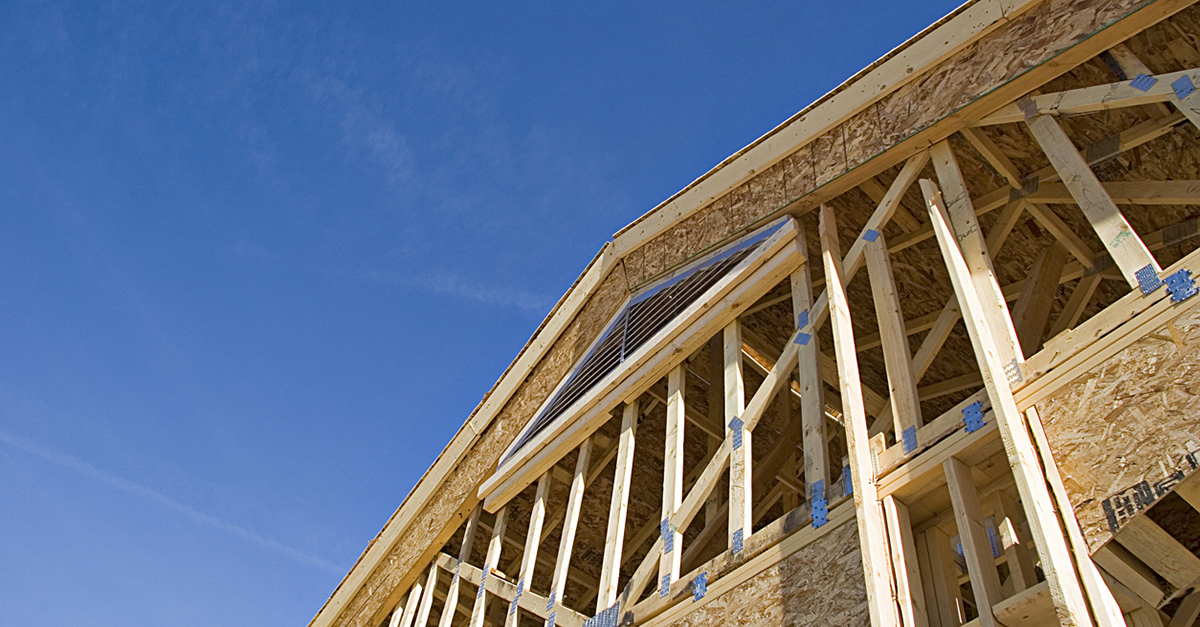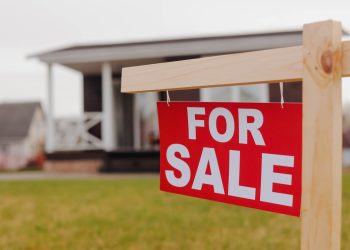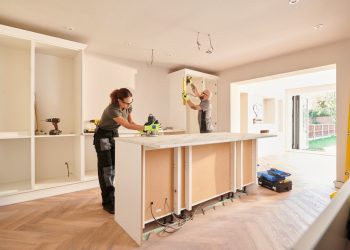With building halted in the recession and construction at insufficient levels since, there is a 6.3 million deficit in the housing stock, according to an analysis newly released by Zillow.
From 2008 on, there have been 1.9 approved building permits (single-family) per 1,000 people—but, historically, the number has been 3.9. According to the analysis, if construction had continued at the latter level, there would be 6.3 million more homes, roughly, today.
“Building activity came to a near-standstill when the housing market collapsed, and now a decade later, years of underbuilding have left a gap of millions of homes missing from the American housing stock,” says Aaron Terrazas, senior economist at Zillow. “In nearly every major market today, single-family homes are being permitted at a lower rate than they were historically as builders face a number of challenges in adding new homes, including land and labor costs. What this means for buyers is a smaller supply of homes on the market, leading to increased competition and higher home prices.”
Construction costs have increased in recent years—aggravated by the Canadian lumber tariffs—and land is scarce. According to the National Association of Home Builders (NAHB), affordability is at a 10-year low. Based on the Zillow Home Value Index, June home prices were up 8.3 percent year-over-year; inventory, meanwhile, slipped 4.3 percent. At the same time, permits in the single-family space ticked up 0.8 percent.
Additionally, without new stock, existing homes are losing their luster. In 2007, the average listing was 24-years-old; the age stretched to 37 years by 2017, according to the analysis by Zillow. The aging is apparent at the entry level, where first-time homebuyers are likely to live—according to a separate study by Trulia, there are more fixer-uppers now in the starter segment than there were six years ago.
“Historically, population growth has been met with new construction, and new construction was a critical contributor to new inventory,” Terrazas says. “Without a sustained pick-up in permitting and construction activity, first-time buyers will struggle to gain a foothold on homeownership.”
For brokers, the dogged inventory issue is reflected in transactions. According to RISMedia’s 2018 Power Broker Report & Survey, 71 percent of Power Brokers are being challenged by the shortfall, with a considerable gap between the rise in sales volume versus transactions in 2017.
For more information, please visit www.zillow.com.
 Suzanne De Vita is RISMedia’s online news editor. Email her your real estate news ideas at sdevita@rismedia.com. For the latest real estate news and trends, bookmark RISMedia.com.
Suzanne De Vita is RISMedia’s online news editor. Email her your real estate news ideas at sdevita@rismedia.com. For the latest real estate news and trends, bookmark RISMedia.com.












Makes no sense that the average house on the market was built in 1983, and by 2017 was 1980. More houses are built each year, so by its nature, the average year a house is built is later and later each year.